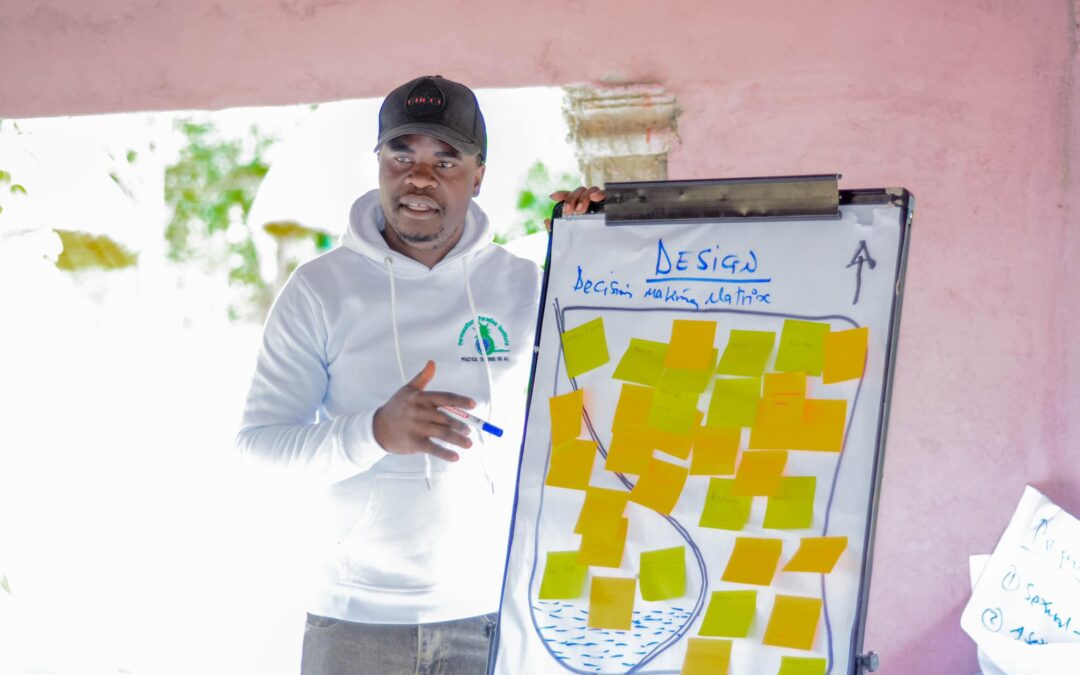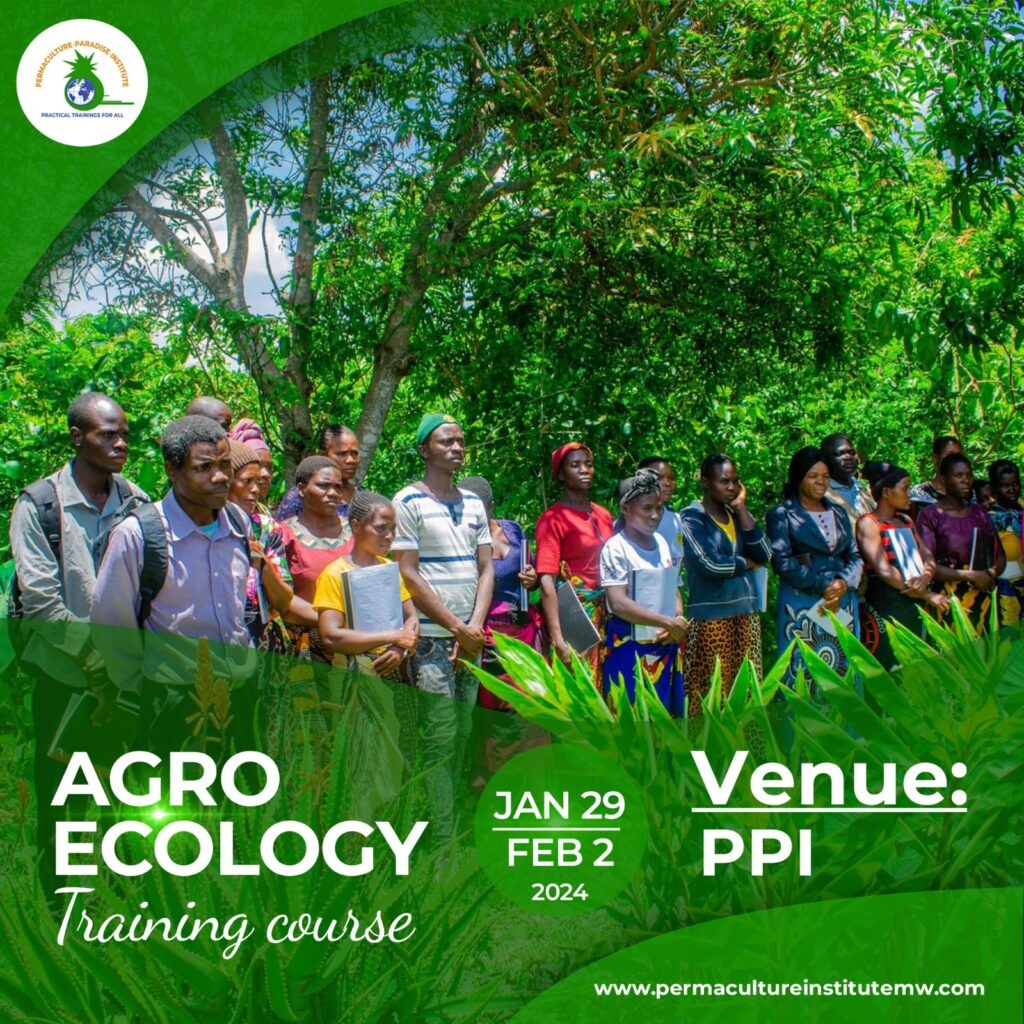On Day 8 of the 72-hour Permaculture Design Certificate (PDC) course, participants experienced a whirlwind of activity focused on practical skills and hands-on learning. As the course delves deeper into the realms of permaculture, the blend of theoretical knowledge and real-world application becomes ever more tangible. This day was no exception, with a spotlight on holistic design decision-making, seed bank establishment, and propagation. In this post, we review the key activities and insights from this intense and informative day.
The day kicked off with an in-depth session on the holistic design decision-making matrix. This powerful tool helps permaculturists make informed, sustainable choices that align with their overarching goals. Participants were guided through the matrix’s intricacies, learning how to weigh various factors and prioritize actions that yield the most beneficial outcomes for both the environment and the community.
The practical application of this matrix was a game-changer. Teams were tasked with real-world scenarios, challenged to apply their newfound knowledge to design solutions that are not only effective but also sustainable. The room buzzed with collaboration and creativity as participants navigated the complexities of holistic decision-making.
Next, we delved into the fascinating world of seed bank establishment. Seeds are the foundation of any permaculture project, and understanding how to create and maintain a seed bank is crucial. The session covered everything from sourcing and selecting seeds to proper storage techniques that ensure longevity and viability.

Participants rolled up their sleeves and got hands-on with the process. They learned how to catalog seeds, create optimal storage conditions, and even discussed the importance of biodiversity in seed selection. By the end of the session, everyone had a deeper appreciation for the role seed banks play in preserving genetic diversity and supporting resilient ecosystems.

The final practical of the day centered on propagation – the art and science of growing new plants from various sources like seeds, cuttings, and other plant parts. This session was a vibrant mix of botany and practical skill-building, as participants experimented with different propagation techniques.
As Day 8 drew to a close, the sense of accomplishment was palpable. The intensity of the day’s activities was matched only by the enthusiasm and dedication of the participants. The practical focus of the sessions not only solidified theoretical knowledge but also equipped everyone with valuable skills they can apply in their own permaculture projects.
This journey through the 72-hour PDC is a testament to the transformative power of immersive, hands-on learning. Each day builds on the last, weaving a rich tapestry of knowledge and experience that will empower participants to create sustainable, thriving ecosystems.
Stay tuned as we continue to explore the depths of permaculture, one practical step at a time



